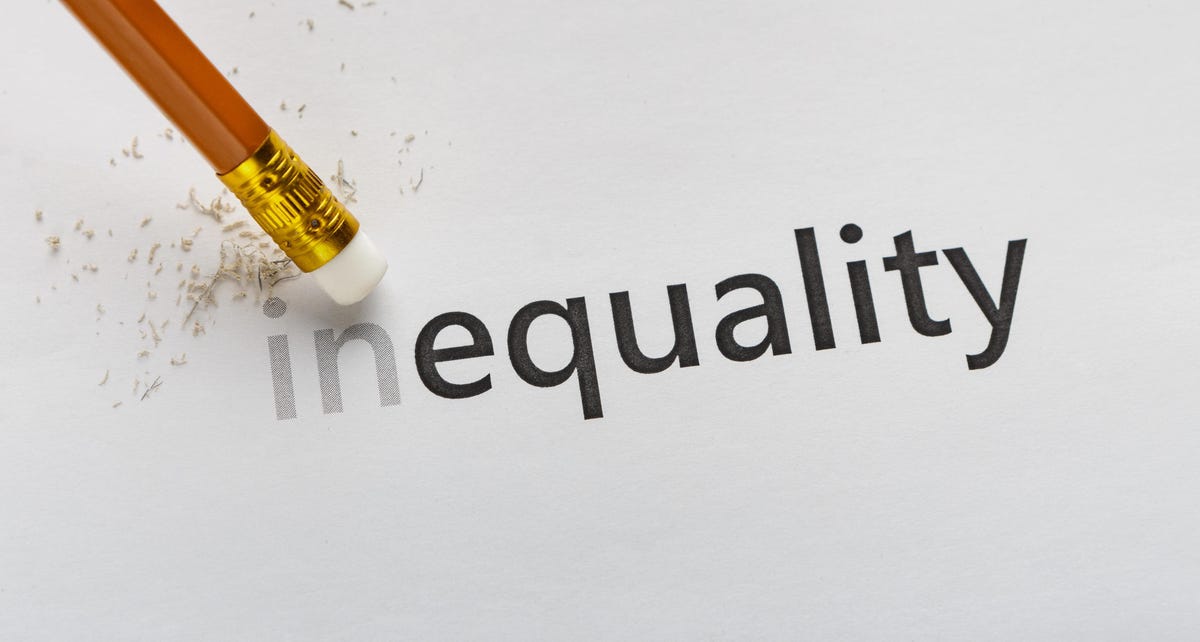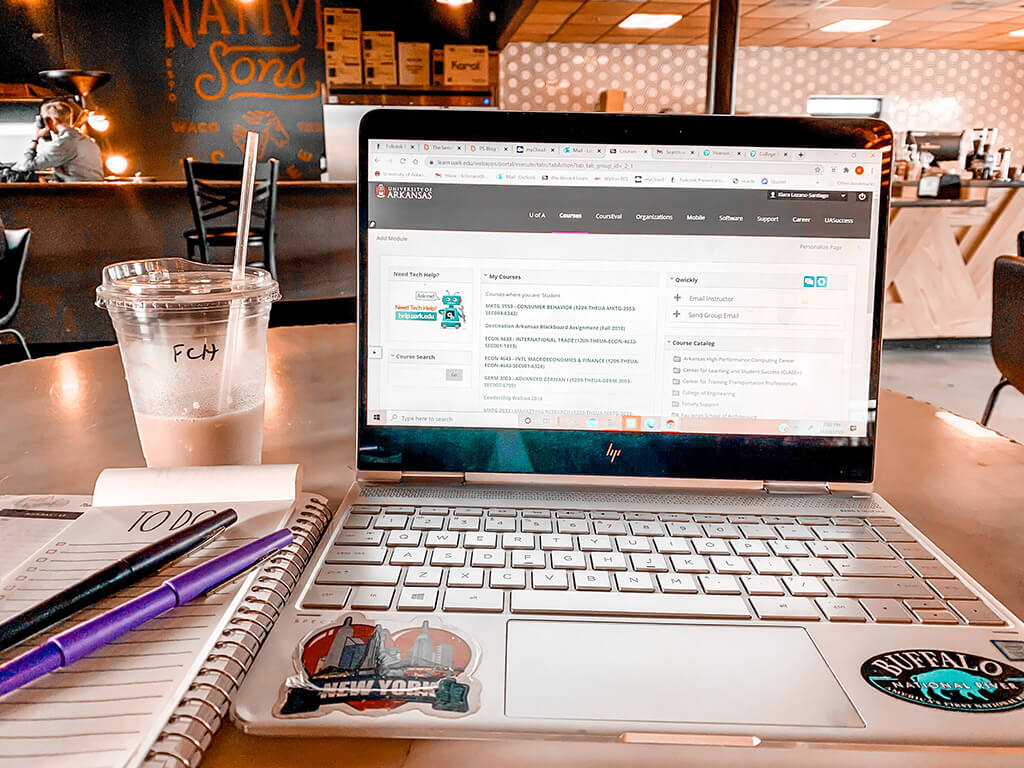
Inclusive Access to Education Impacts Economic Mobility
A great part of how we live our day to day lives is dependent on a number of factors from the area we live in, the schools we go to, to even things like the economy and the opportunities that are present to us. The McKinsey Institute for Black Economic Mobility has published two insightful articles on the great importance and need for inclusive access to education and economic mobility for Black people.
There is an overdue need for making sure there is equity in the opportunities given to Black people and people of color. Even though there are equal rights policies and changes in our system, it is still not fully equipped to take the people that were once pushed into the endless cycle of disproportional poverty and discrimination for generations.
In Investing in Black Economic Mobility, Diane Brady and Shelley Stewart have an insightful discussion on racial equity and inclusive growth. With the recovery of the economy and economic mobility post-pandemic, racial equity and inclusive growth of businesses are the key driving factors in this change. This is much easier said than done as there have historically been gaps in Black economic mobility that put people at a disadvantage from the time of slavery to segregation, and to even present day, as mentioned by Stewart.
Even though there have been changes instilled in our system to bring educational and social gains for Black people, the wealth gaps are still disproportionate as Black families are said to make only one-tenth of what a white family makes. With that being said, it is crucial to invest in Black entrepreneurships and businesses as a way to influence change in economic mobility and also to provide for Black communities as there is inequity in the opportunities presented to them in order to close the racial wealth gap.
The article How HBCUs Can Accelerate Black Economic Mobility looks at the critical roles HBCUs (Historically Black Colleges and Universities) play in bringing opportunities of growth for Black Americans, as well as growth it brings to the US economy. According to the article, HBCUs have an average annual attendance of about 300,000 students per year with more than 100 institutions across the nation that identify as an HBCU. Since HBCUs offer an abundance of scholarships and acceptances supporting low-income families, more Black students of all socioeconomic statuses are able to have the opportunities to go to college.
HBCUs are one of the driving forces that can promote economic growth by expanding opportunities for Black workers, as well as opportunities for Black businesses and entrepreneurships. This connects to the previous article as this is a major way where Black people and communities are able to achieve more economic mobility as well as close the racial wealth gap.
Do you have a compelling story or student success tips you’d like to see published on the Pearson Students blog? If you are a college student and interested in writing for us – click here to pitch your idea and get started!




